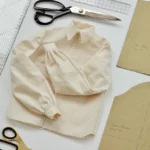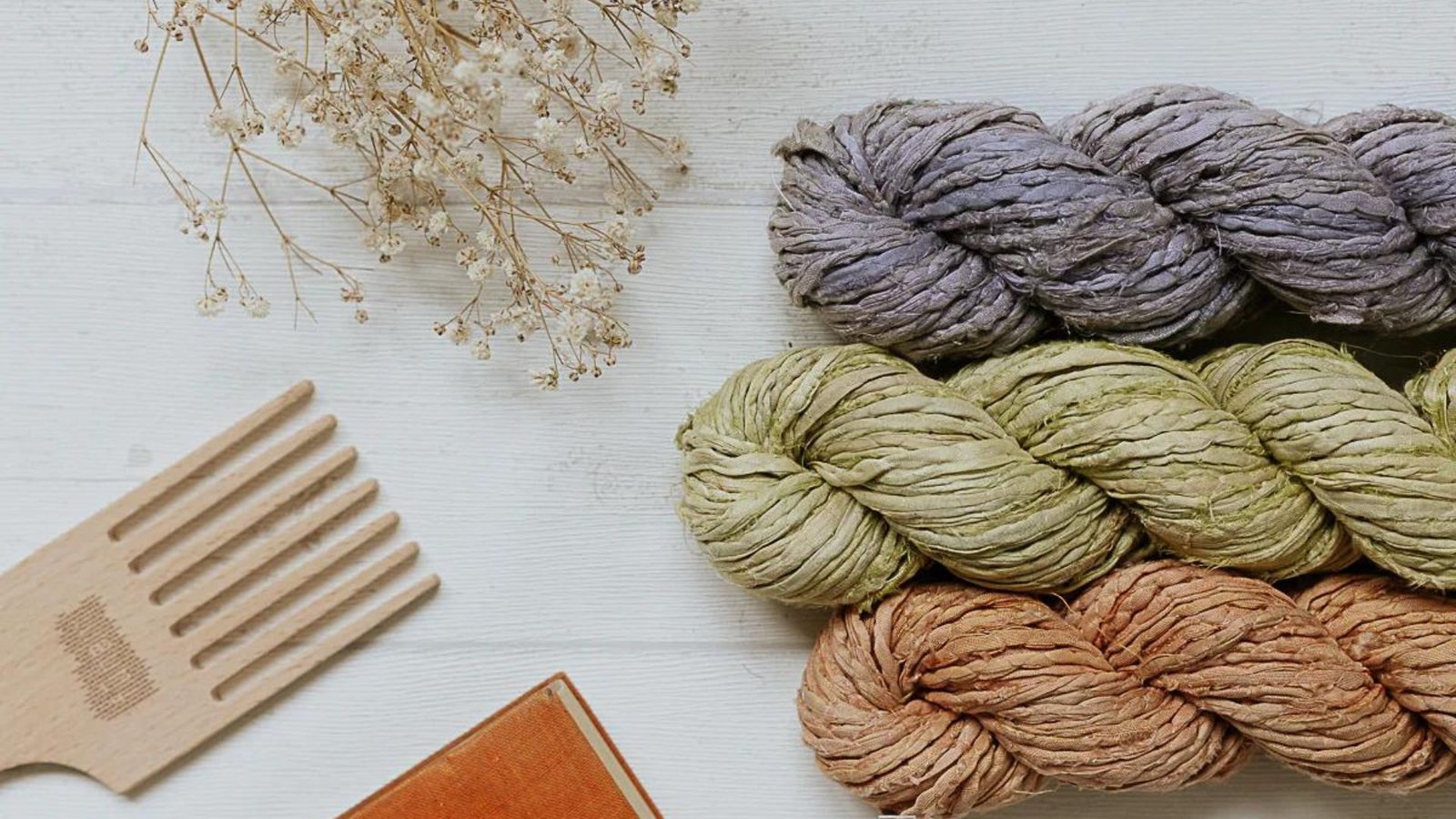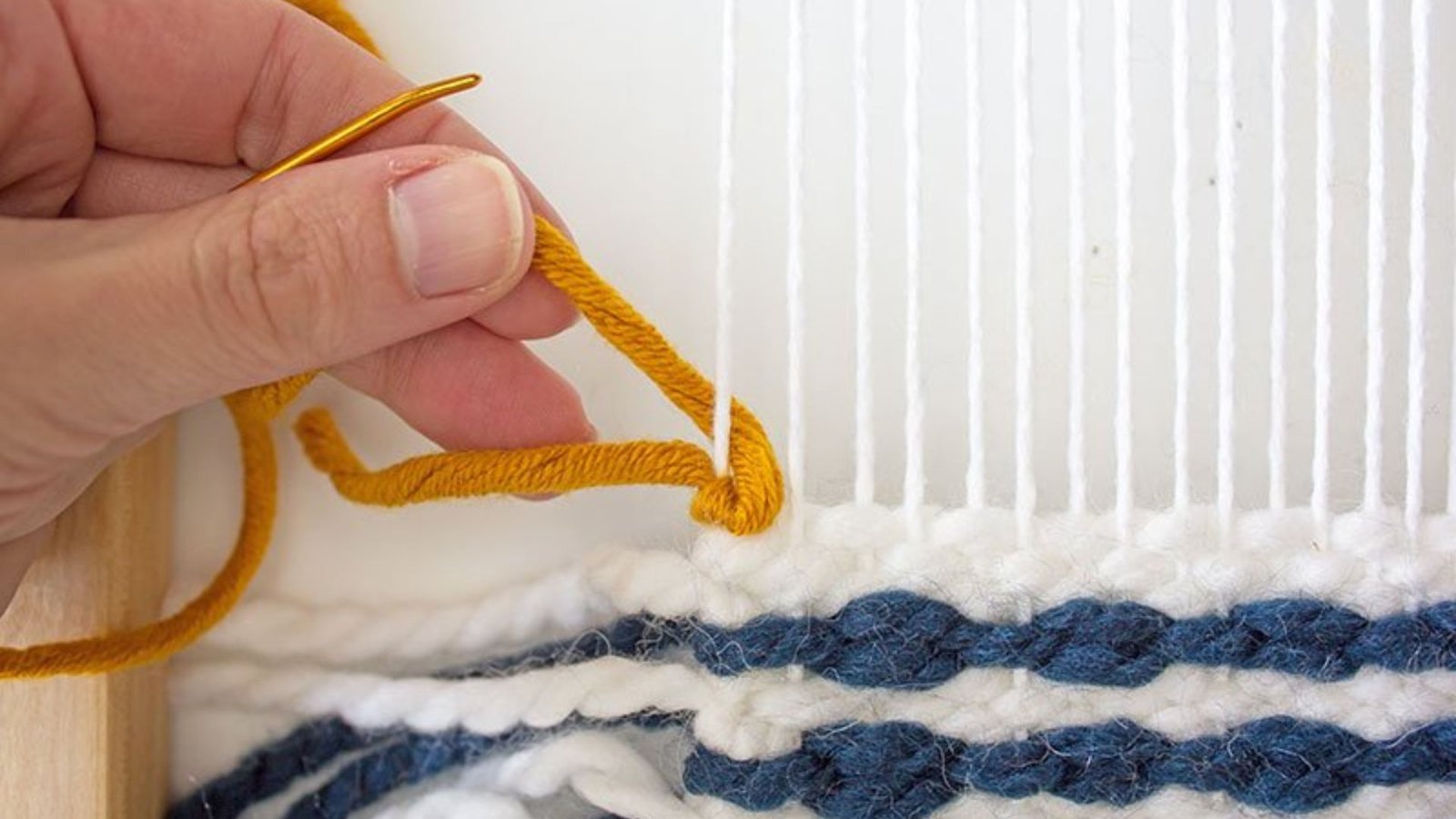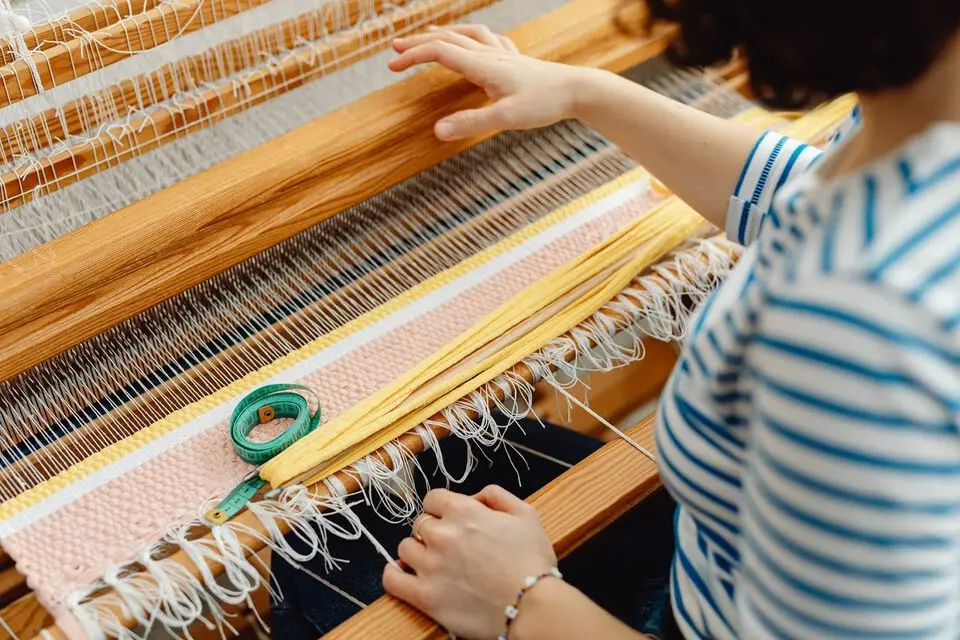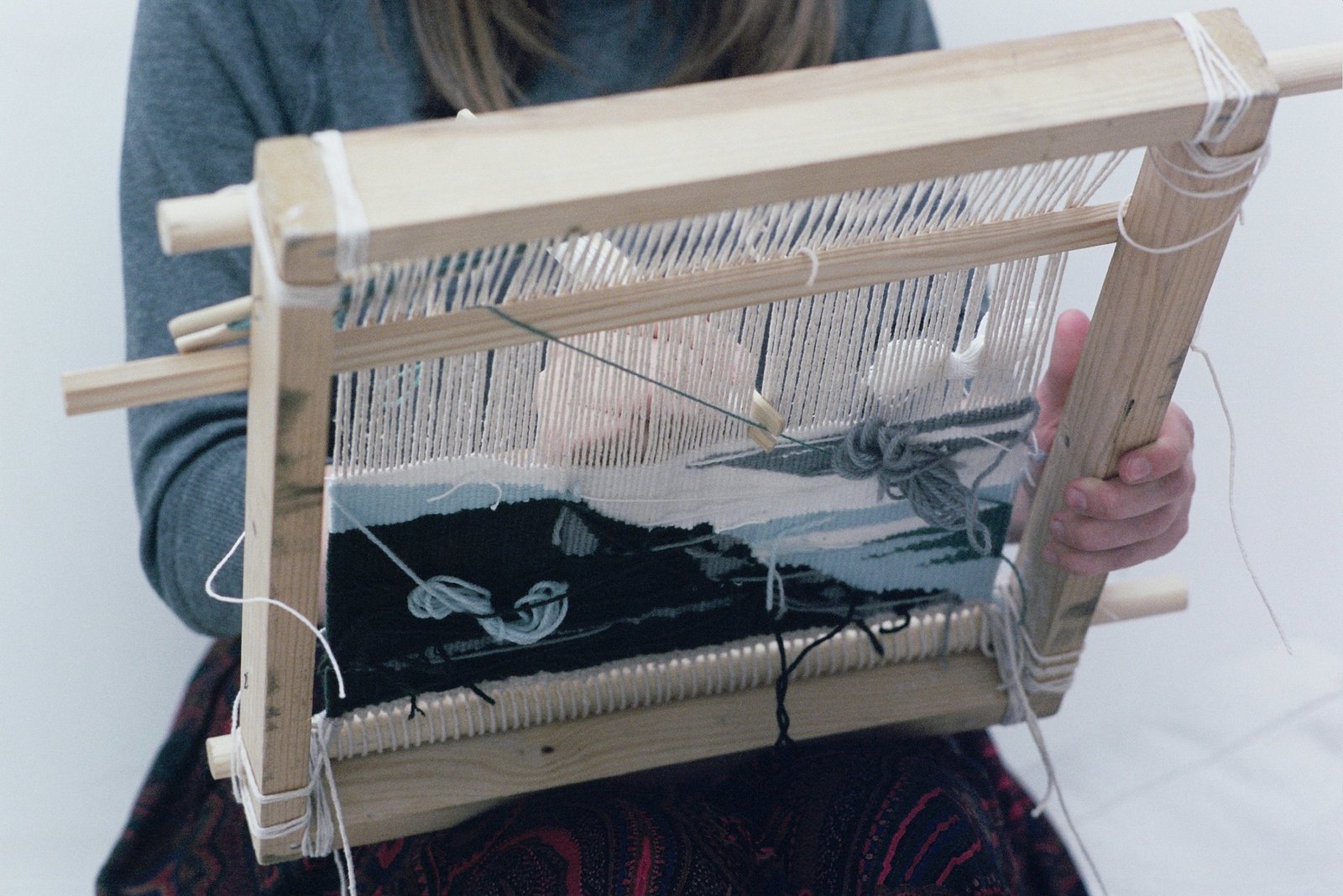Weaving is one of the oldest and most widespread textile arts in human history. It involves interlacing threads to create fabric, and its development has been influenced by various cultures around the world. Here’s a detailed look at the history of weaving across different cultures.

The Origins of Weaving
Ancient Beginnings
- Early Evidence: The earliest evidence of weaving dates back to around 5000 BCE in ancient Mesopotamia. Archaeological finds include loom weights and remnants of woven fabrics.
- Techniques: Early weaving techniques involved hand-loom weaving and simple, manual looms. These techniques were fundamental in producing textiles for clothing and household items.
Weaving in Ancient Civilizations
Egyptian Weaving
- Looms and Fabrics: Ancient Egyptians used vertical looms to create linen fabrics. Their weaving was highly advanced, with intricate patterns and high-quality textiles used in both daily life and for ceremonial purposes.
- Cultural Significance: Textiles played a significant role in Egyptian culture, symbolizing wealth and status.
Greek and Roman Weaving
- Weaving Technology: Greeks and Romans used both vertical and horizontal looms. They developed more complex techniques, including dyeing and pattern weaving.
- Cultural Impact: Weaving was a major industry in ancient Greece and Rome, with textiles being traded widely across the Mediterranean.
Weaving in Asia
Chinese Weaving
- Silk Production: China is renowned for its silk weaving, with techniques dating back to around 3000 BCE. The development of the silk loom and the use of silk in textiles were significant in Chinese culture and economy.
- Cultural Influence: Chinese weaving techniques influenced neighboring cultures and contributed to the Silk Road trade.
Japanese Weaving
- Traditional Techniques: Japan has a rich weaving tradition, including techniques like kumihimo (braided cords) and sakiori (woven from recycled fabric). The development of the kimono and other traditional garments reflects the complexity of Japanese weaving.
- Modern Contributions: Japanese weavers have made significant contributions to contemporary textile arts, blending traditional techniques with modern innovations.
Weaving in Africa
West African Weaving
- Strip Weaving: West Africa is known for its strip weaving techniques, where narrow strips of fabric are woven and then sewn together. This technique is used in producing kente cloth and other traditional textiles.
- Cultural Significance: African textiles often have deep cultural meanings, including symbols and patterns that convey social and spiritual messages.
North African Weaving
- Berber Rugs: The Berbers of North Africa have a long tradition of weaving rugs and textiles using intricate patterns and natural dyes. Their weaving techniques reflect their nomadic lifestyle and cultural heritage.
Weaving in the Americas
Native American Weaving
- Traditional Methods: Native American cultures have diverse weaving traditions, including the Navajo weaving of blankets and rugs. These textiles often feature geometric patterns and symbols significant to their culture.
- Modern Influence: Native American weavers continue to influence textile arts through their unique designs and techniques.
Weaving in Europe
Medieval Europe
- Guilds and Workshops: During the Middle Ages, weaving became an important industry in Europe, with guilds and workshops specializing in textiles. Techniques included tapestry weaving and the development of complex patterns.
- Cultural Impact: European weaving traditions were highly influential, contributing to the development of textiles in other regions.
Industrial Revolution
- Technological Advancements: The Industrial Revolution brought significant changes to weaving, including the introduction of mechanized looms and mass production techniques. This revolutionized the textile industry and made woven fabrics more accessible.
Weaving in Modern Times
Contemporary Techniques
- Innovation and Tradition: Modern weavers blend traditional techniques with contemporary innovations, creating new patterns, textures, and uses for woven fabrics.
- Global Influence: Today, weaving is a global craft, with techniques and styles from different cultures influencing one another. Weavers around the world continue to explore and expand the possibilities of this ancient art.
Conclusion
The history of weaving spans thousands of years and reflects the diversity of cultures and technological advancements across the globe. From ancient civilizations to modern times, weaving has been a crucial part of human life, shaping our clothing, art, and culture. By exploring the history of weaving across cultures, we gain a deeper appreciation for this timeless craft and its impact on societies throughout history.





